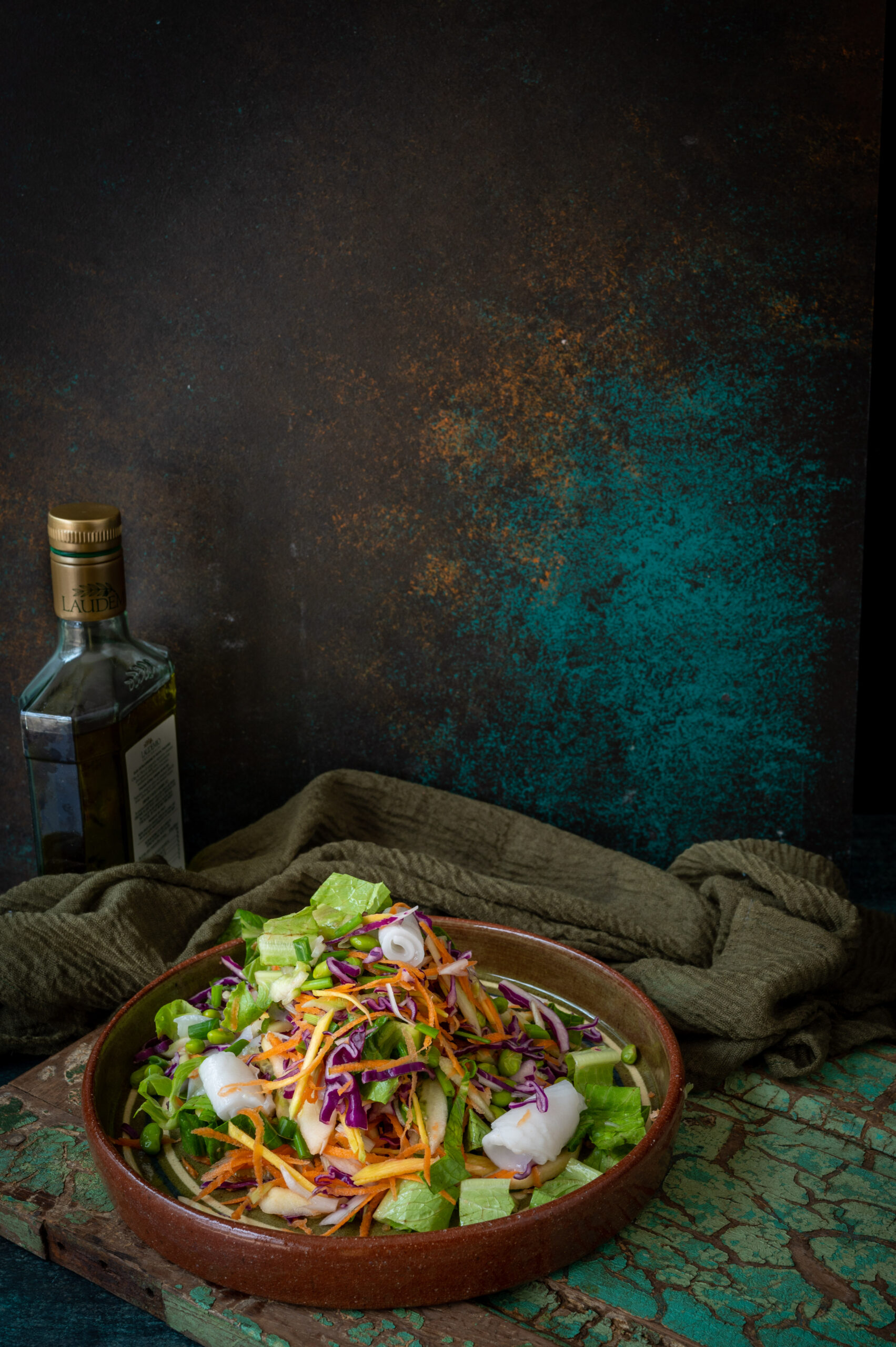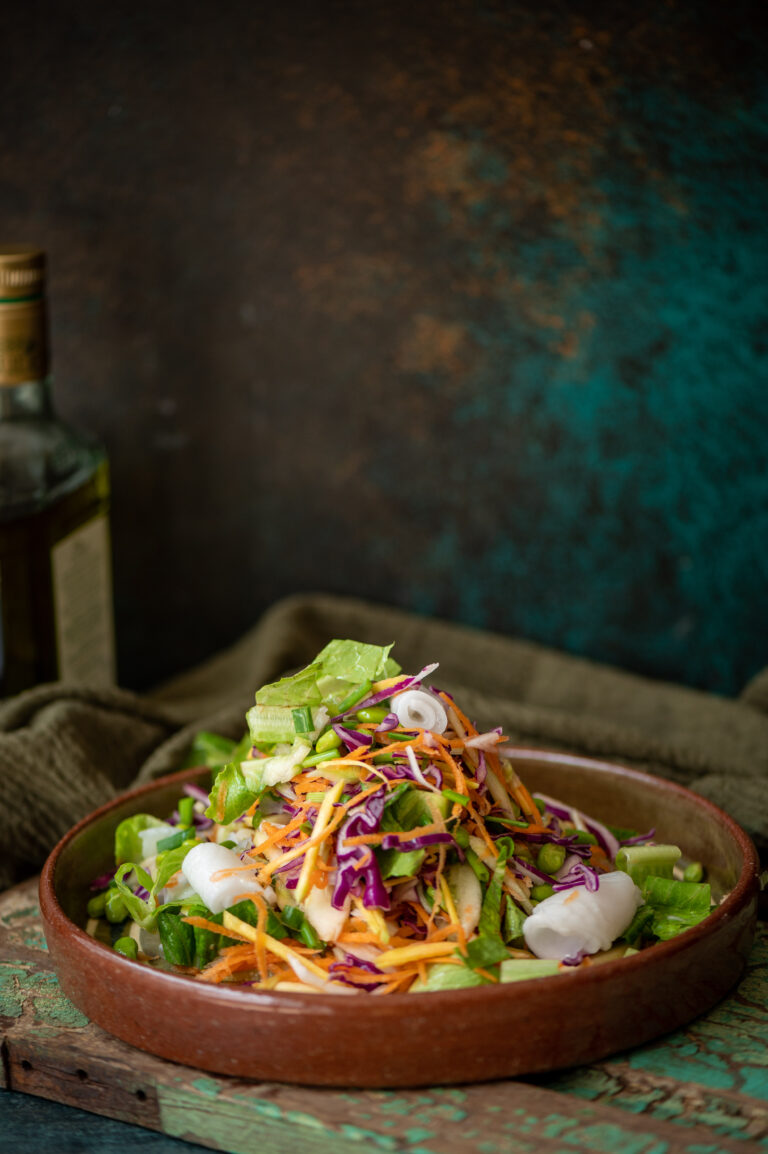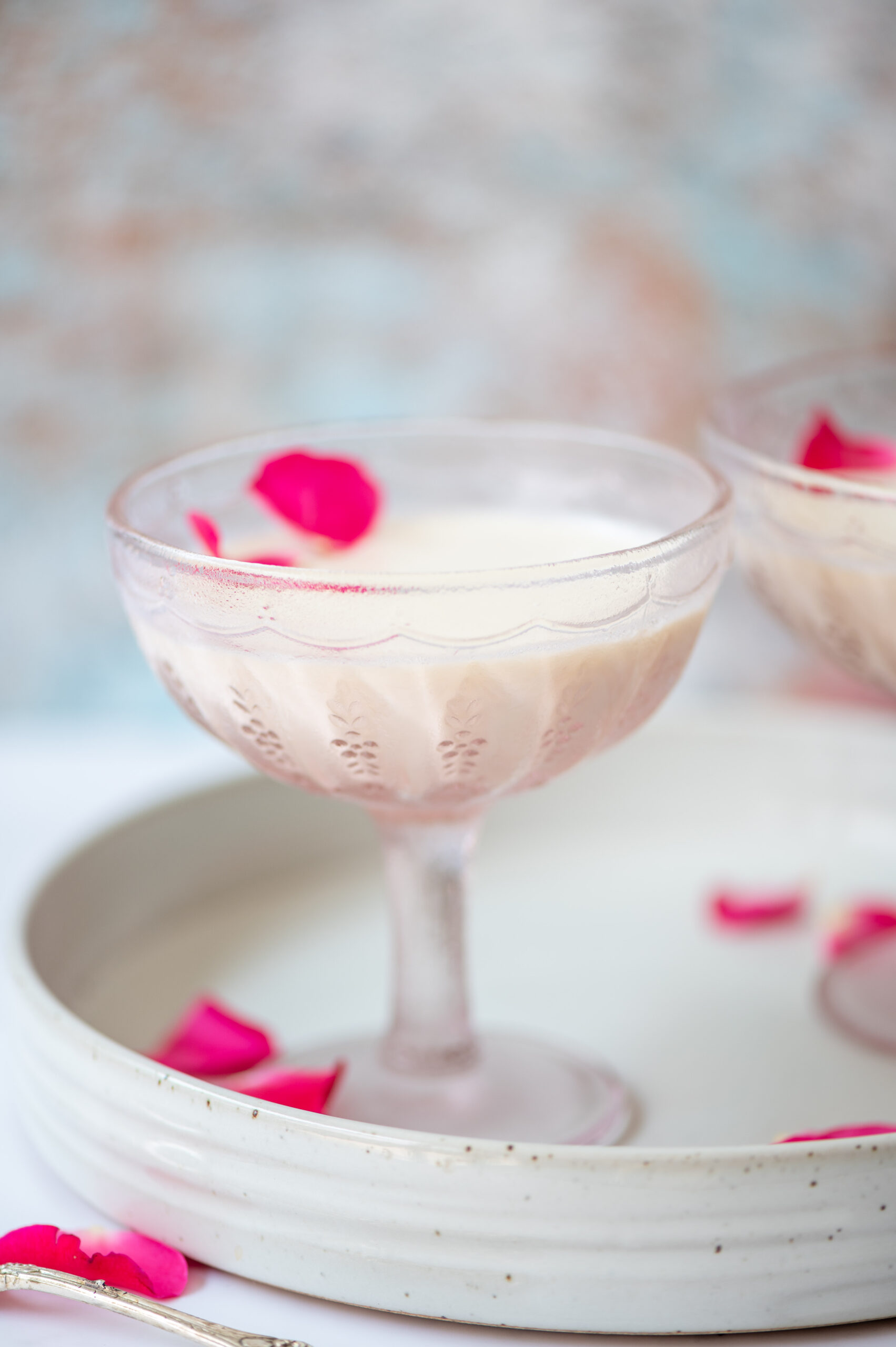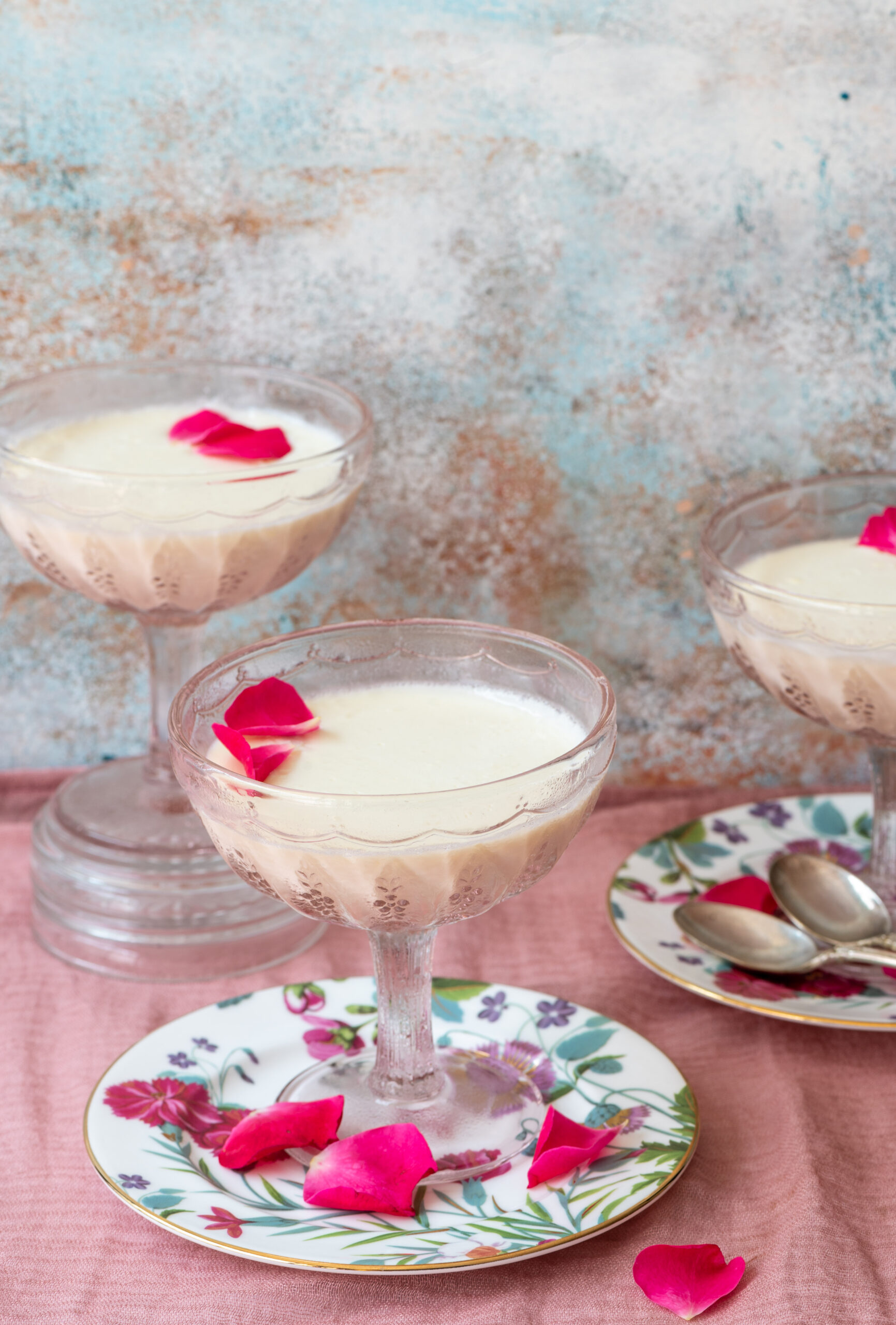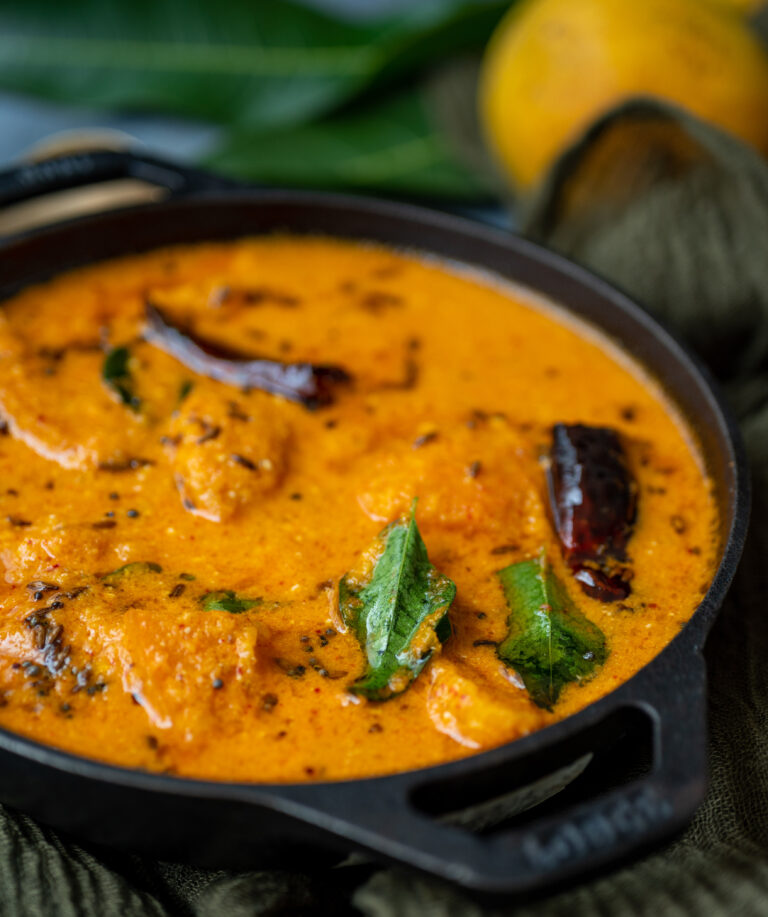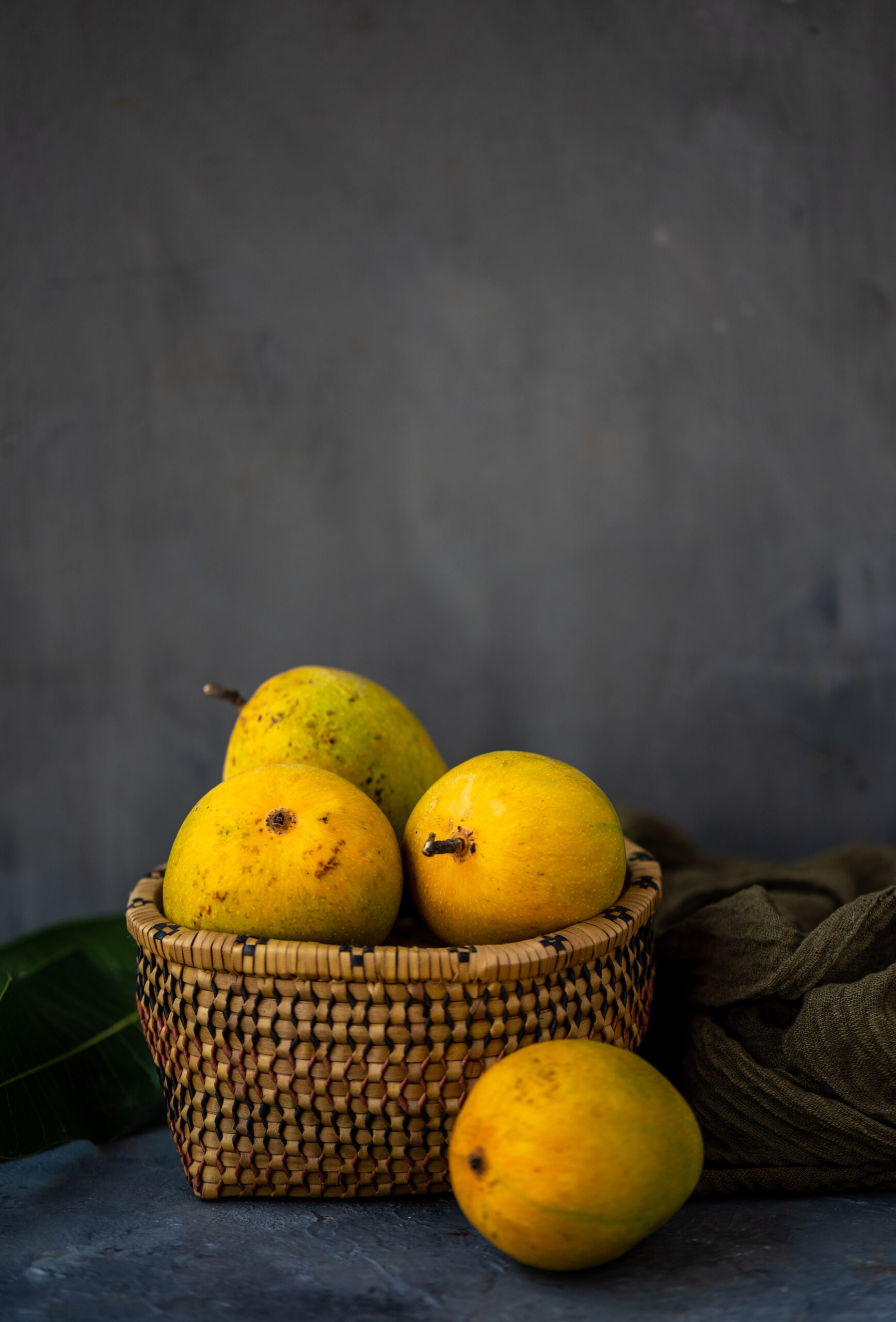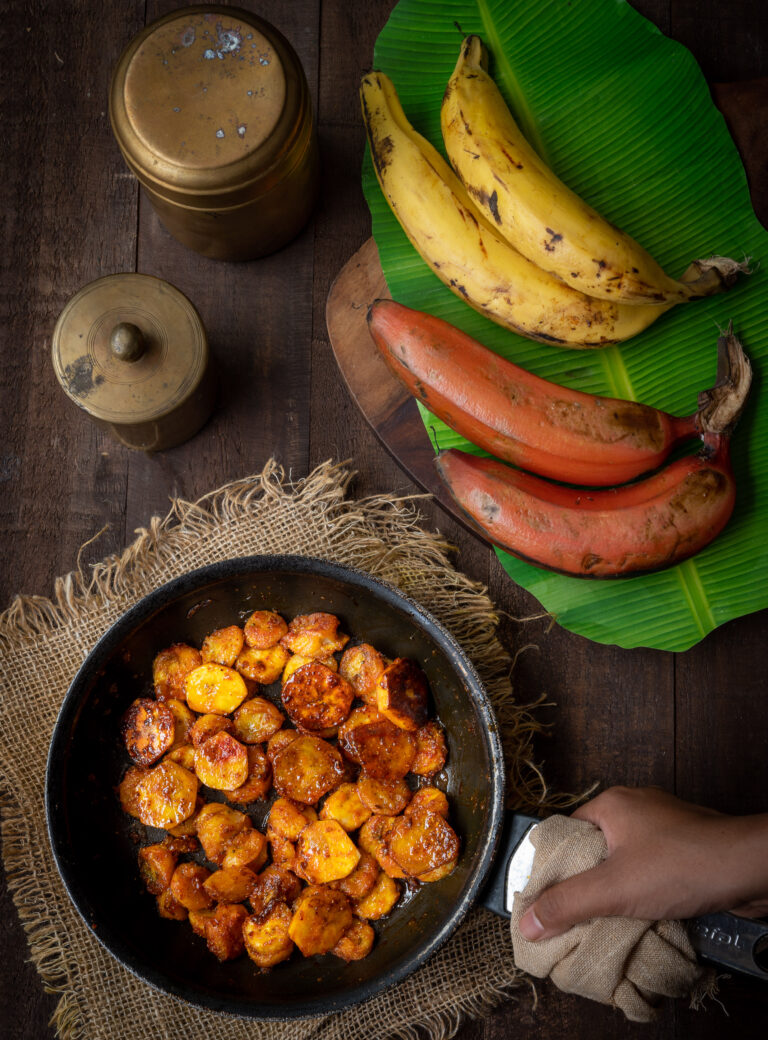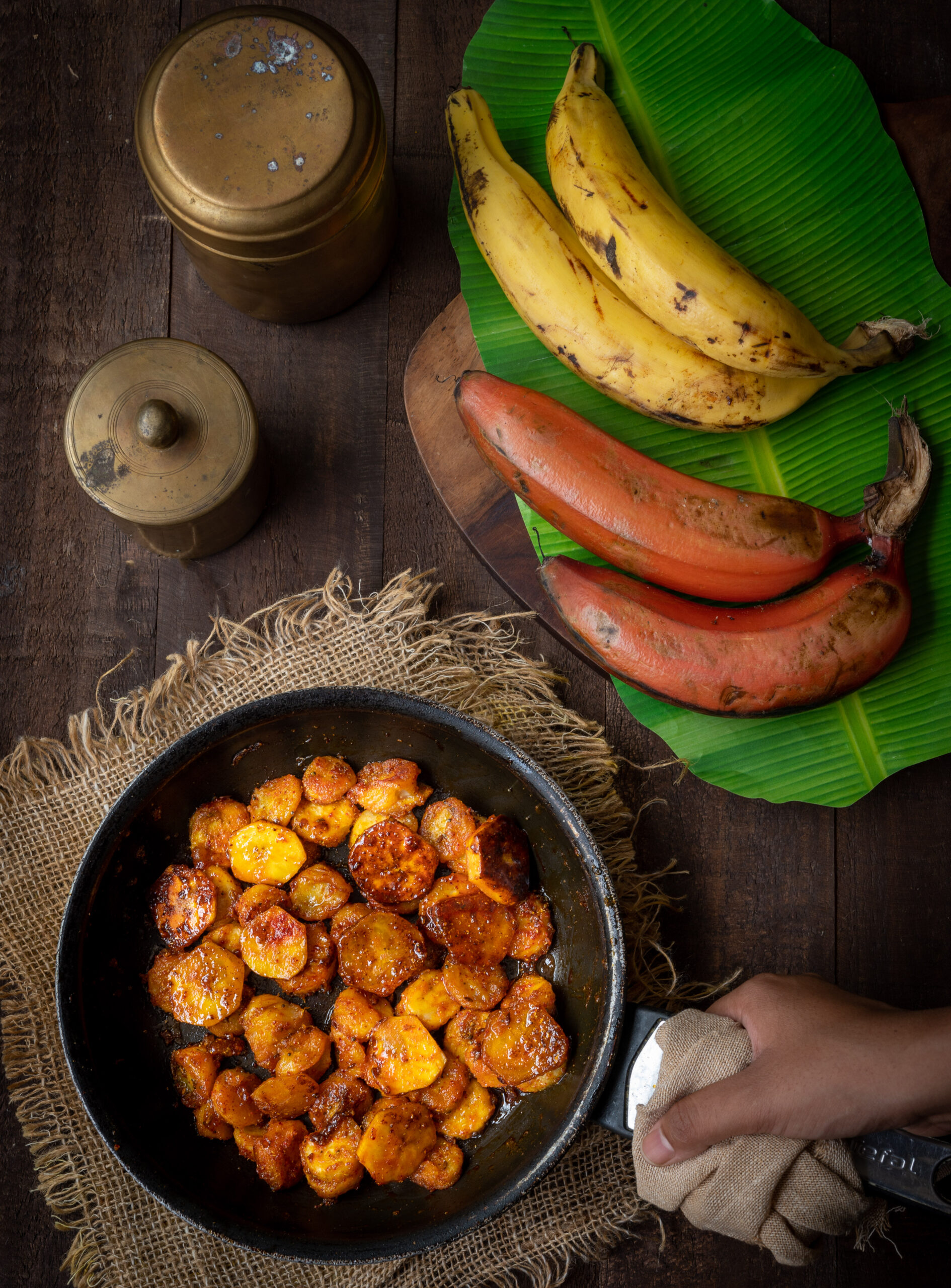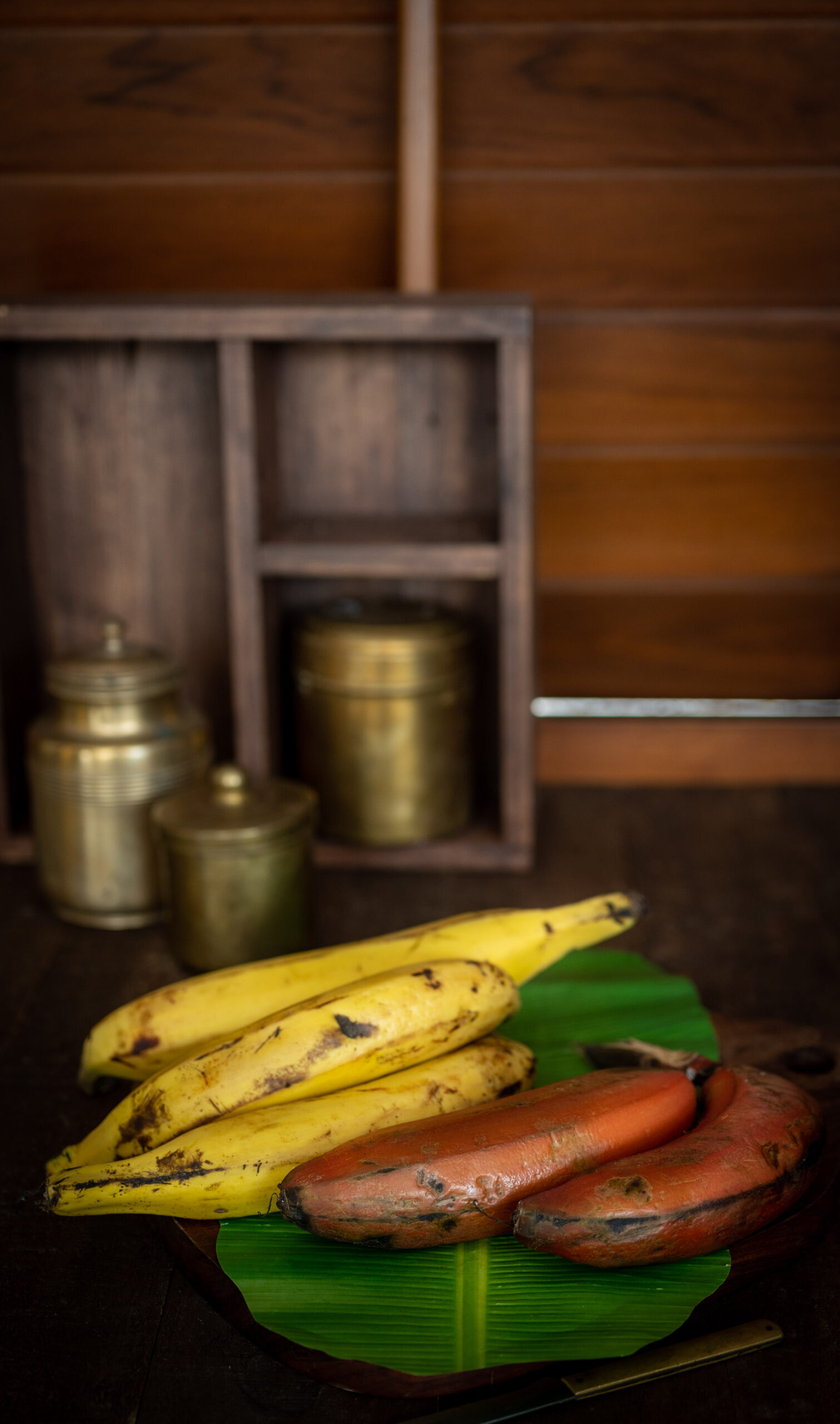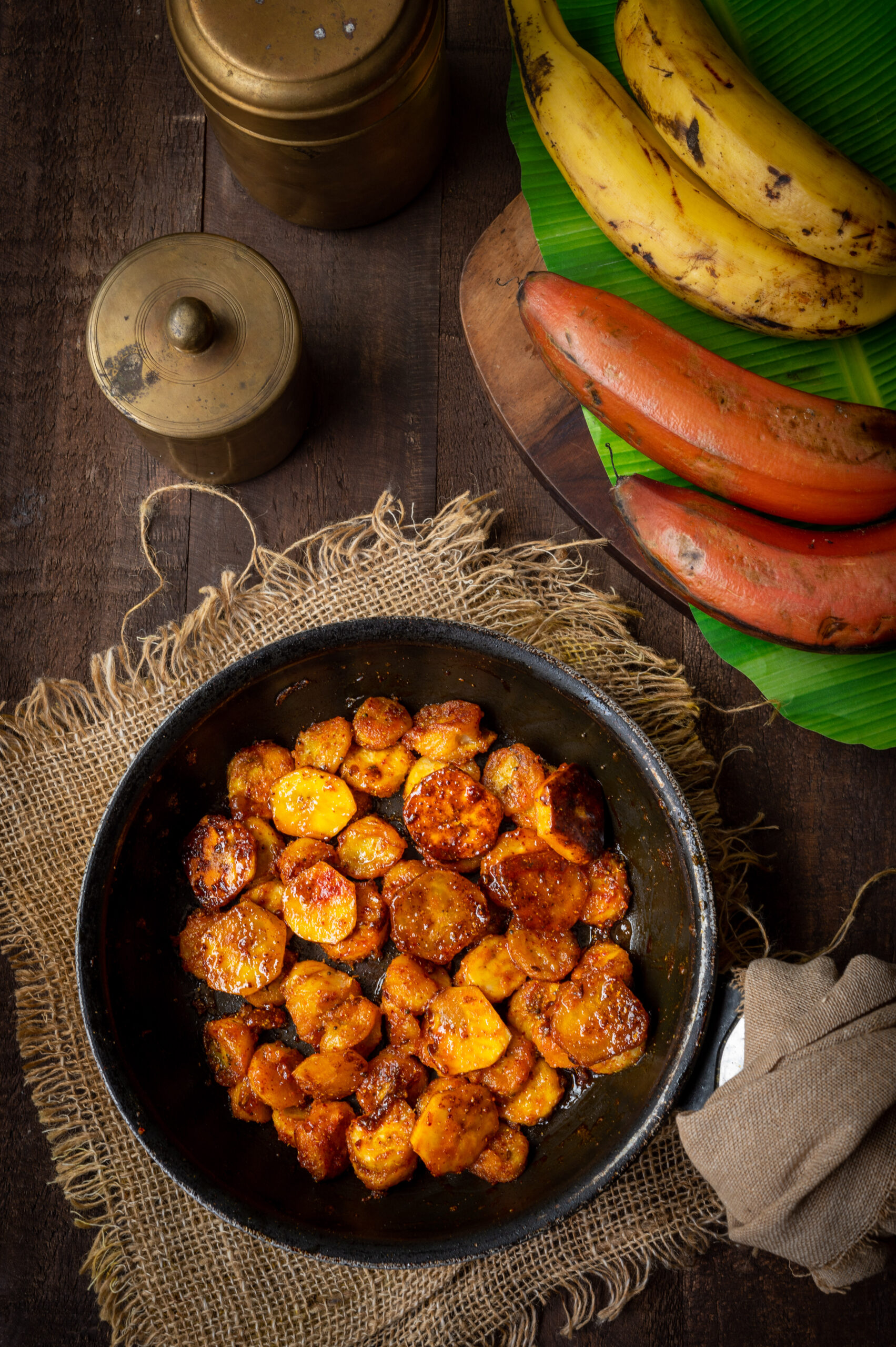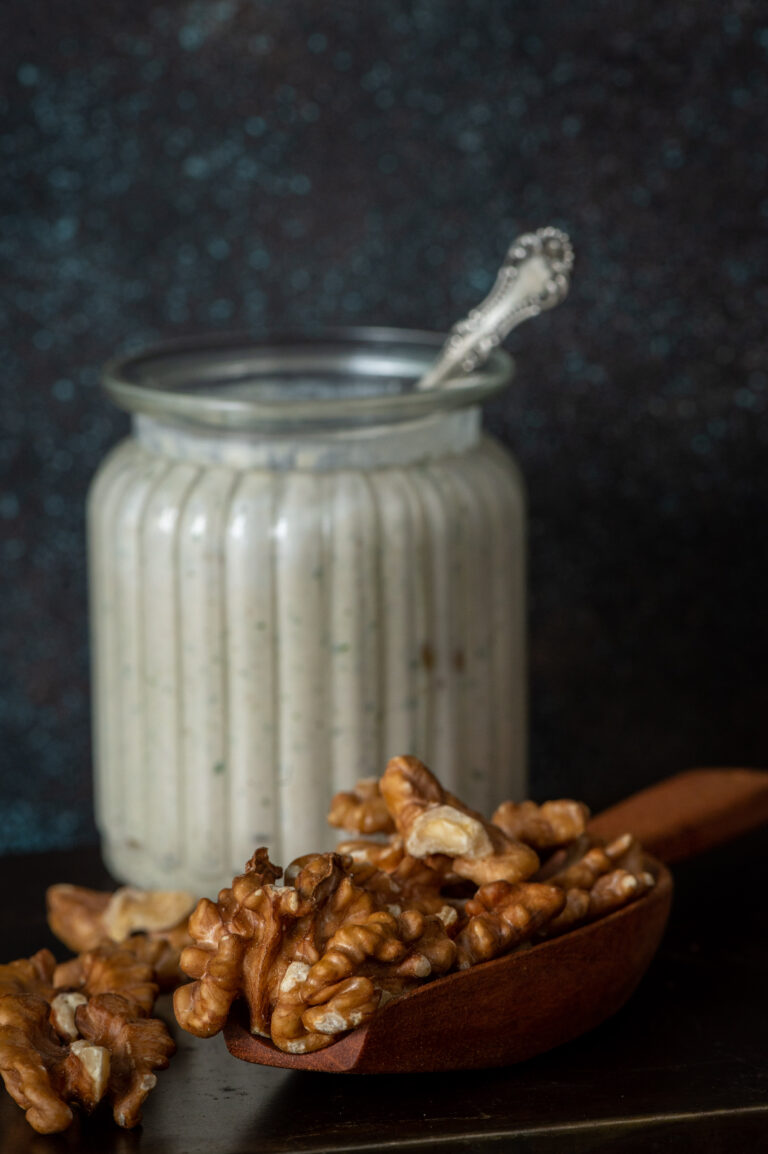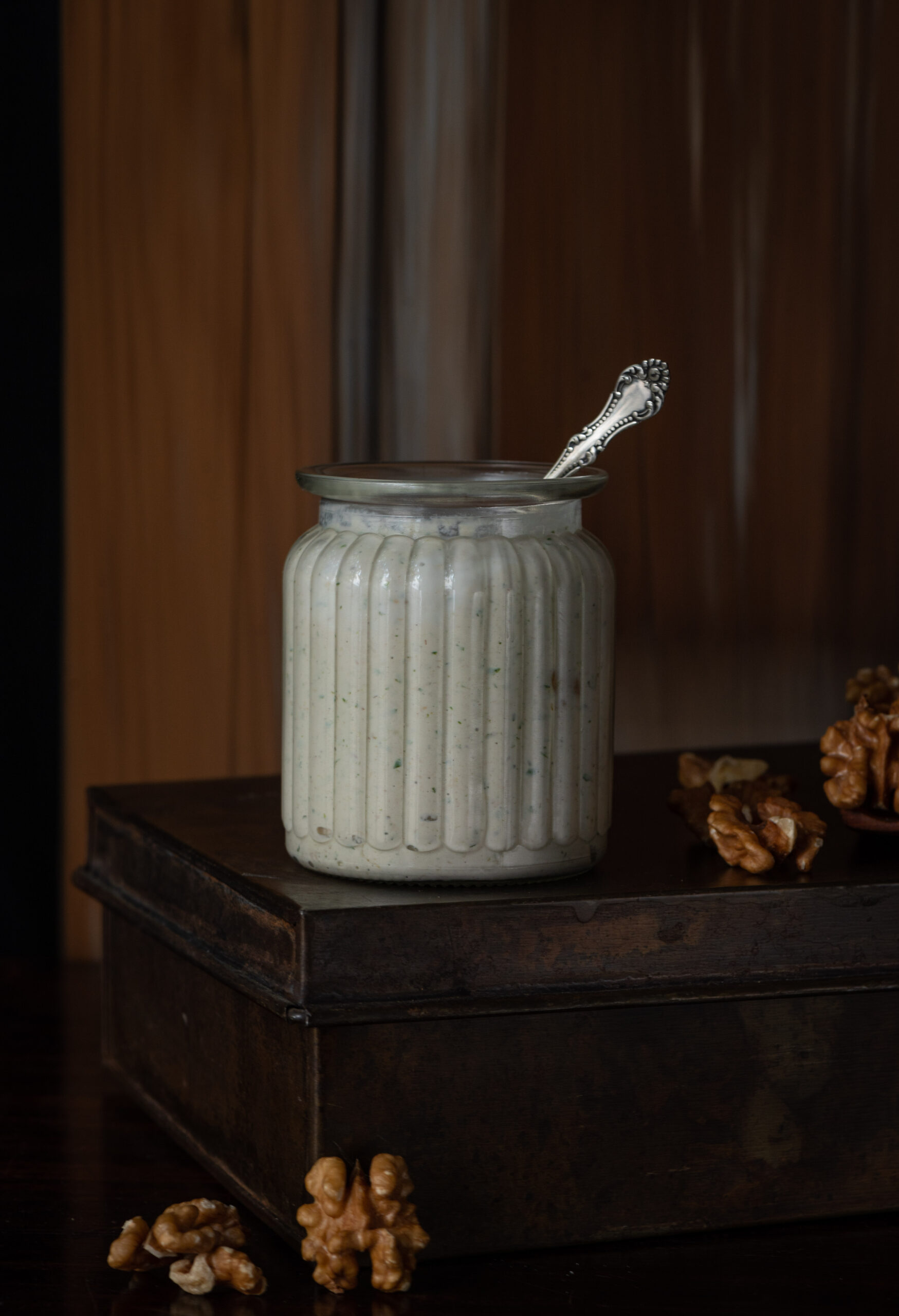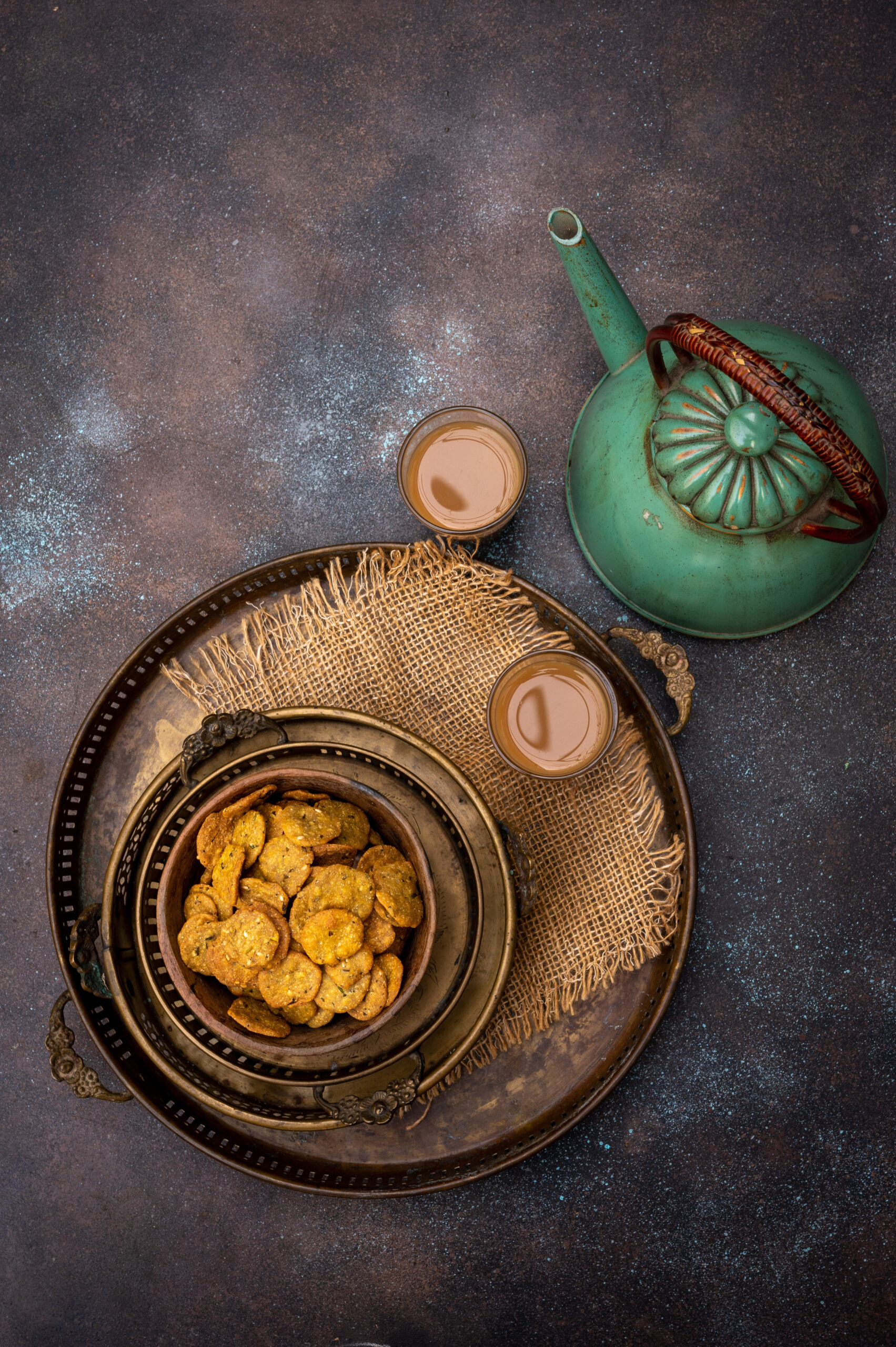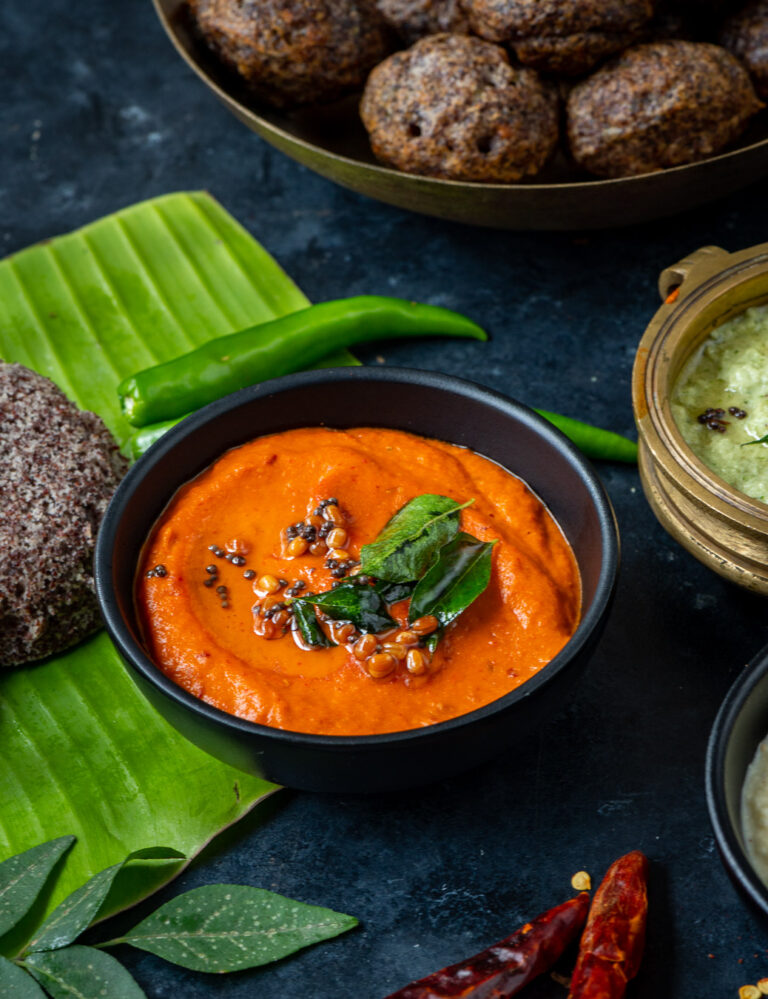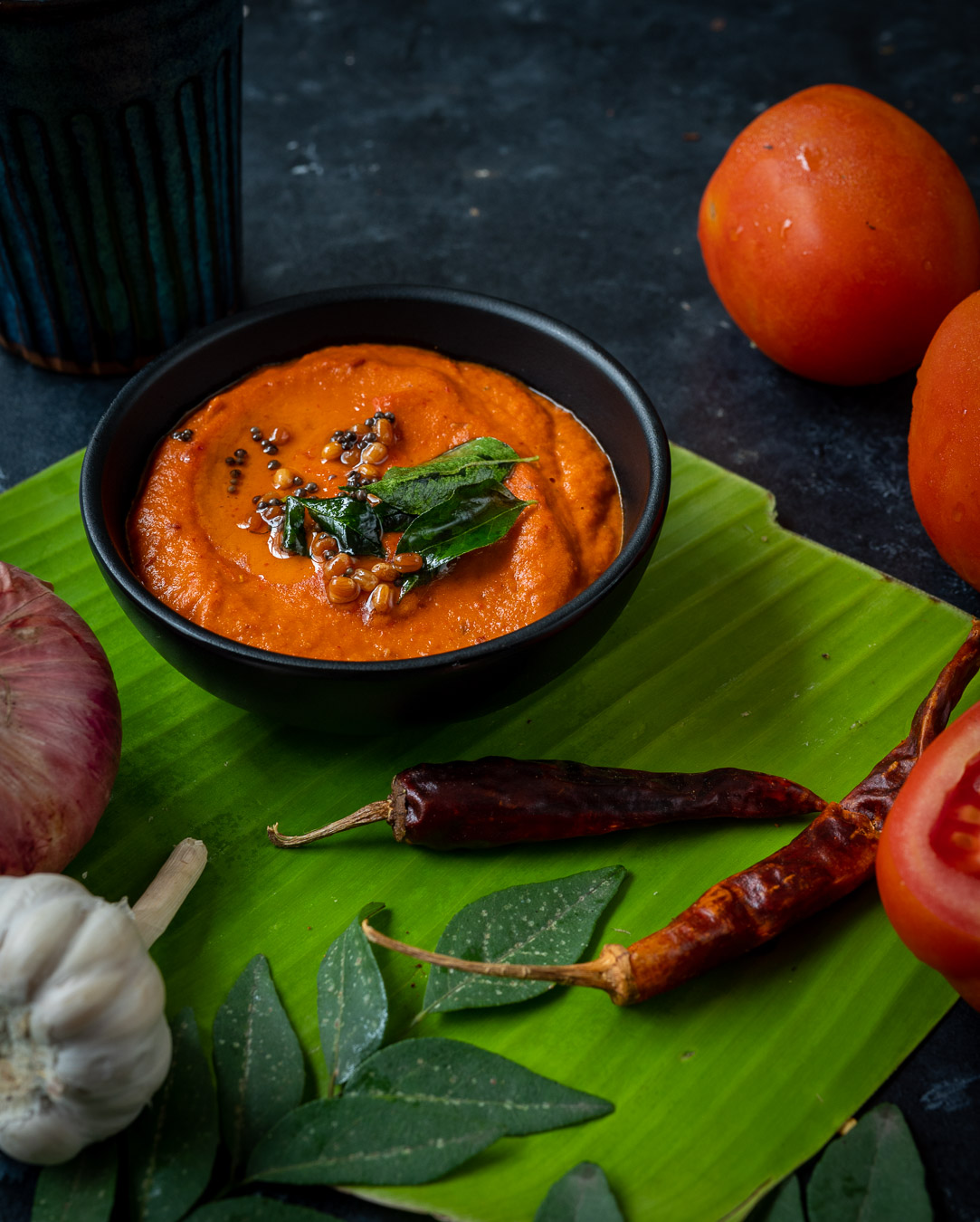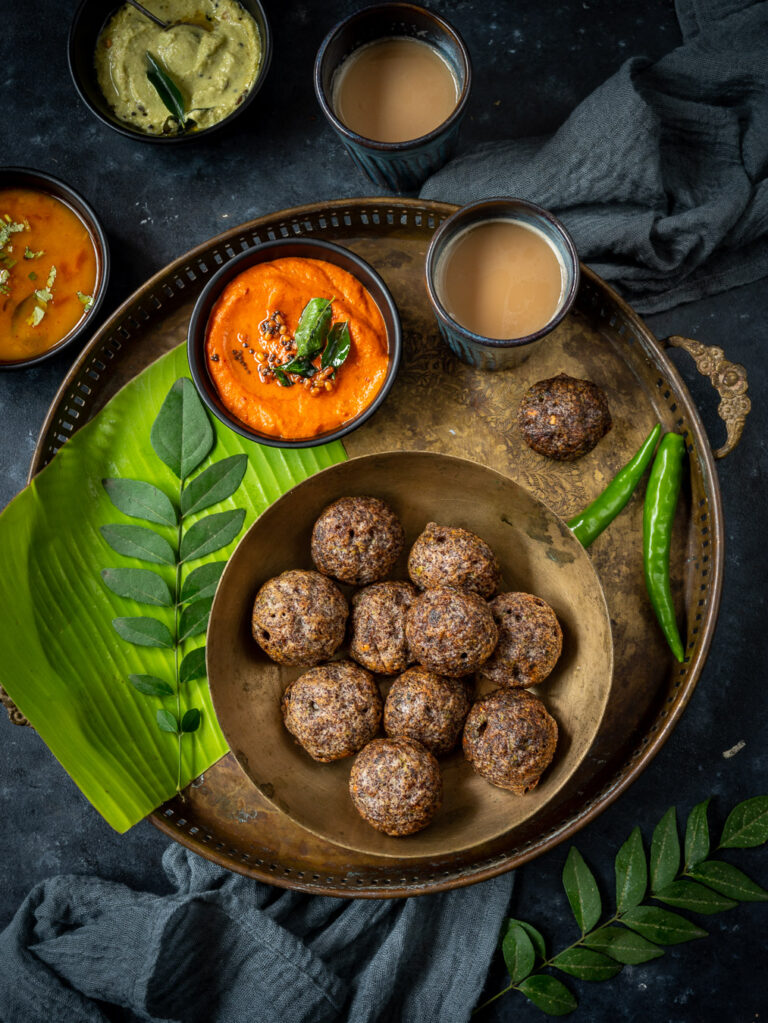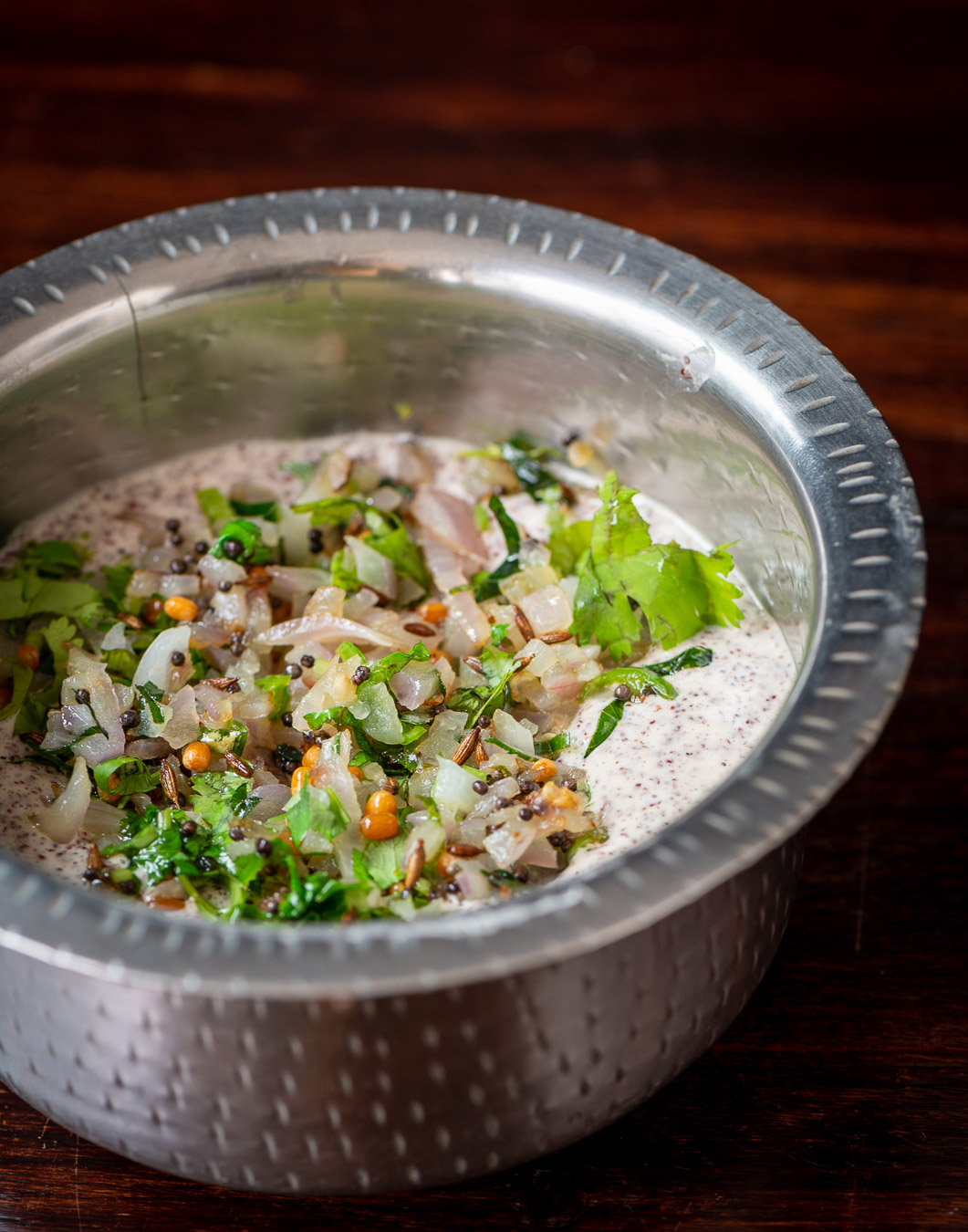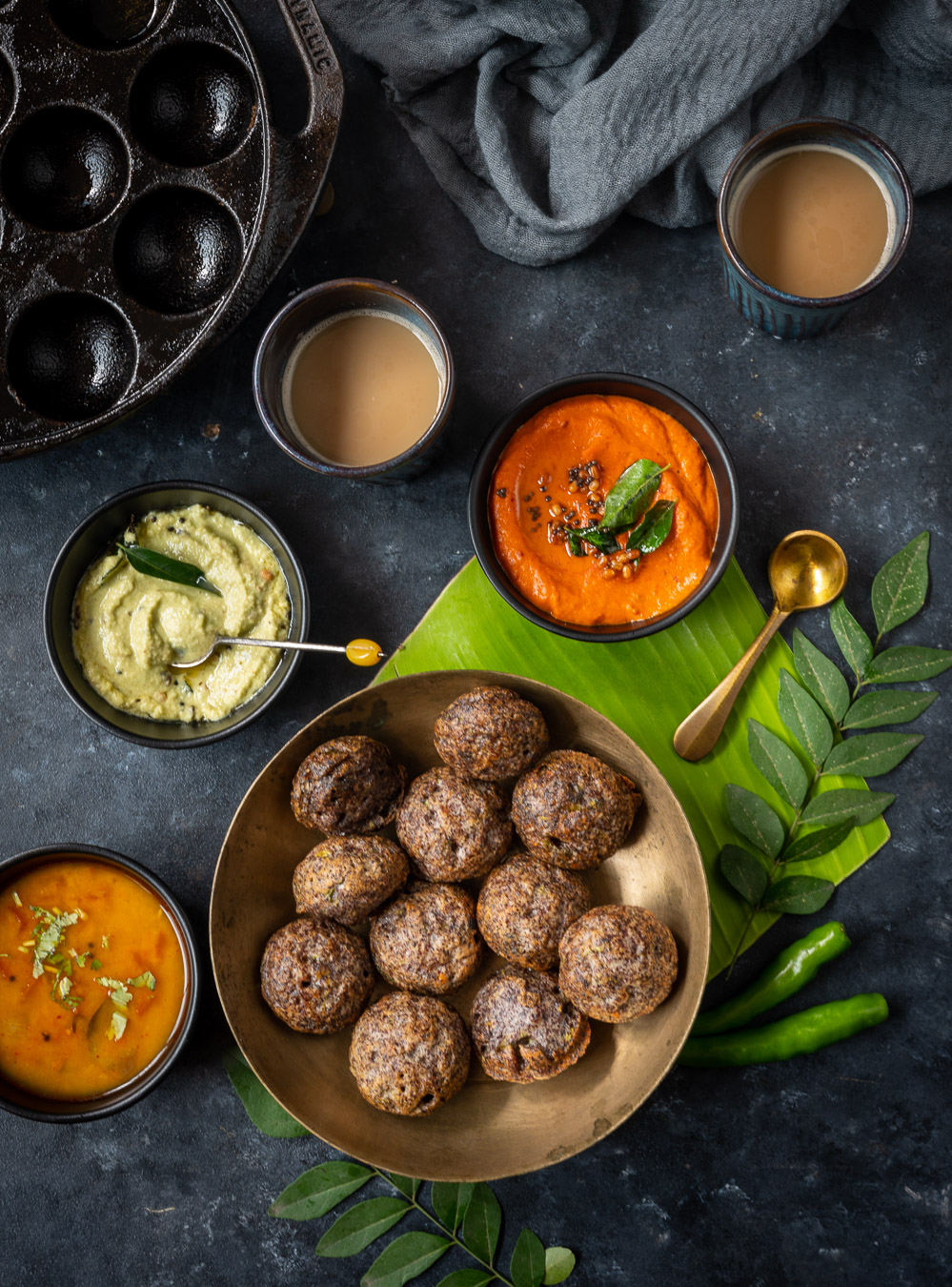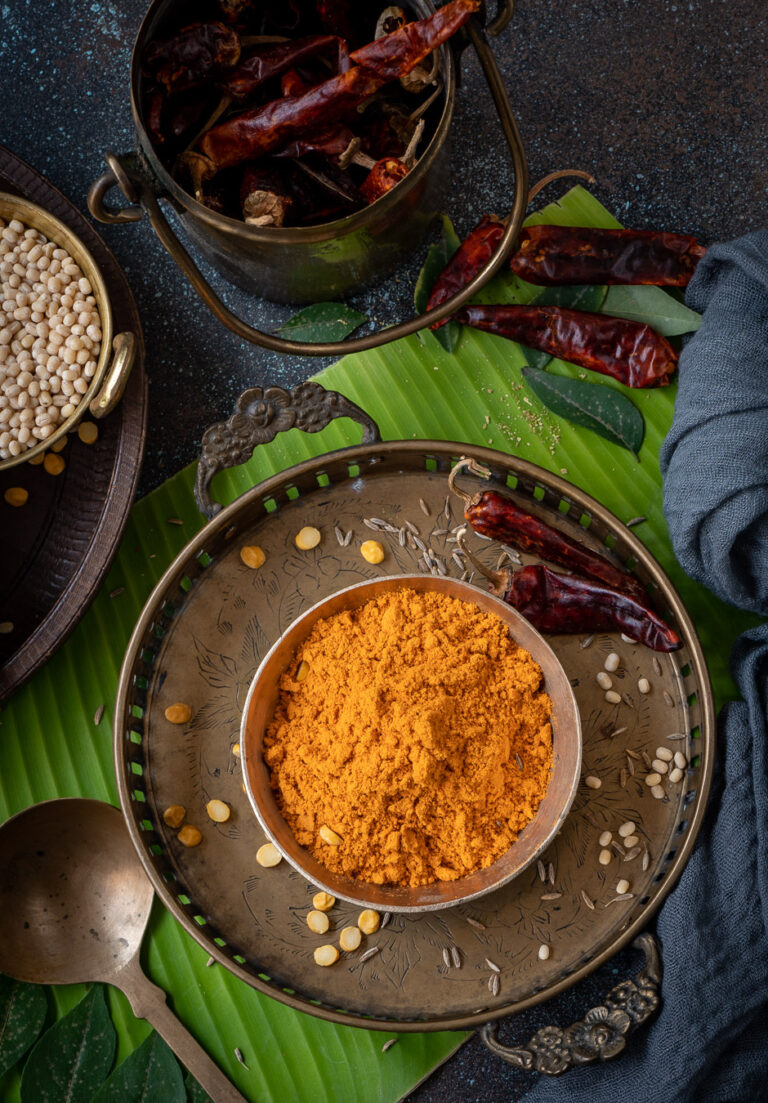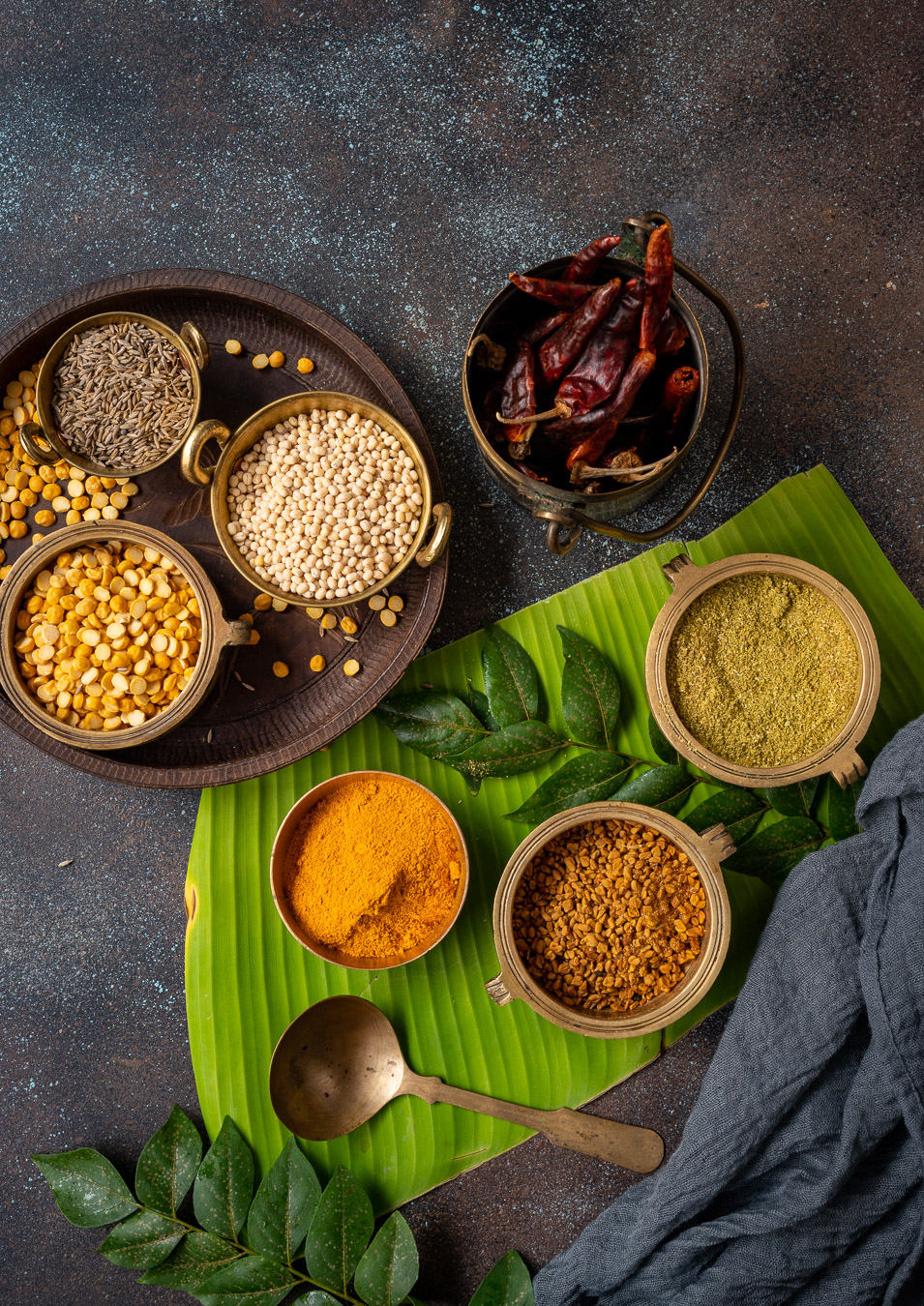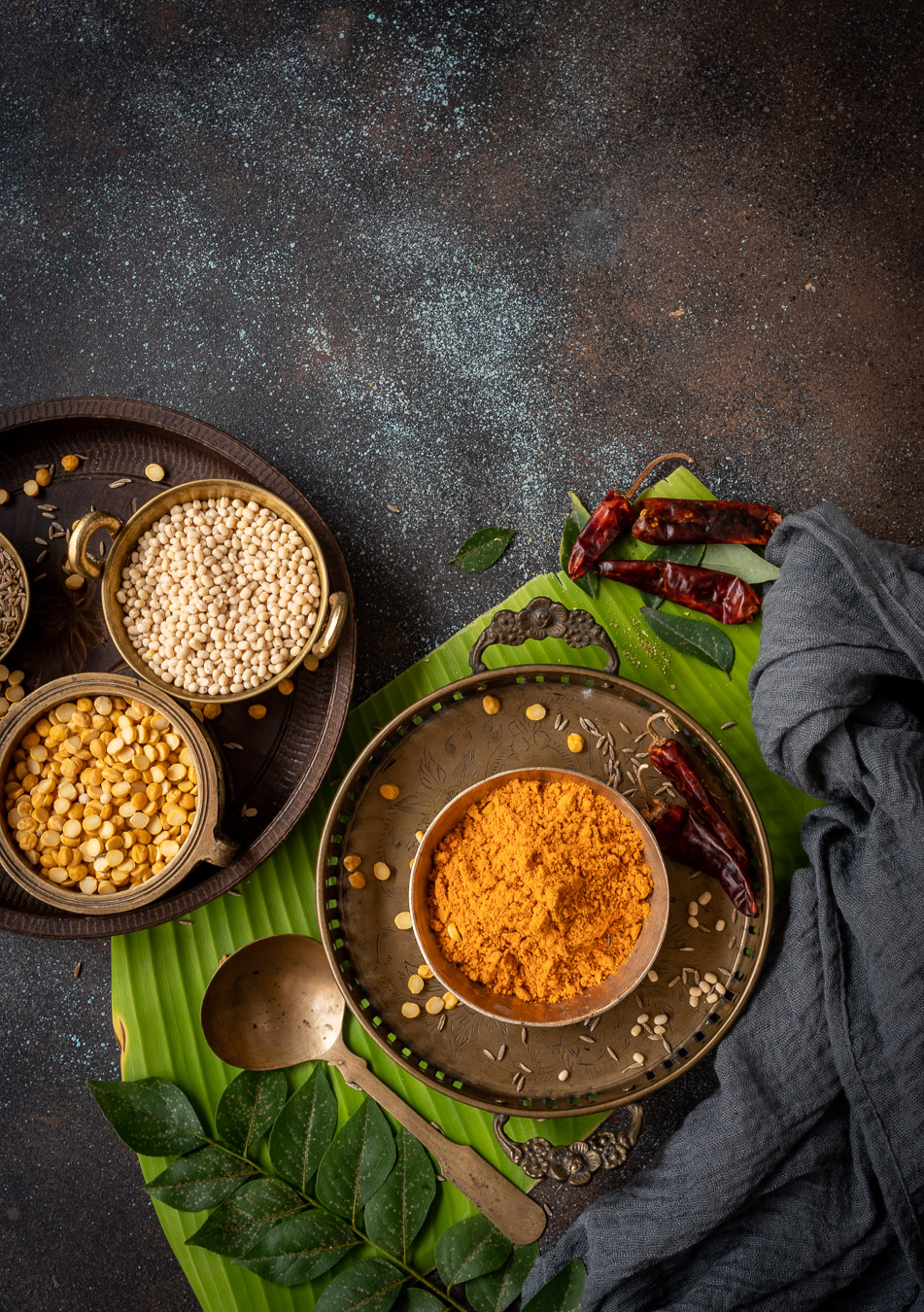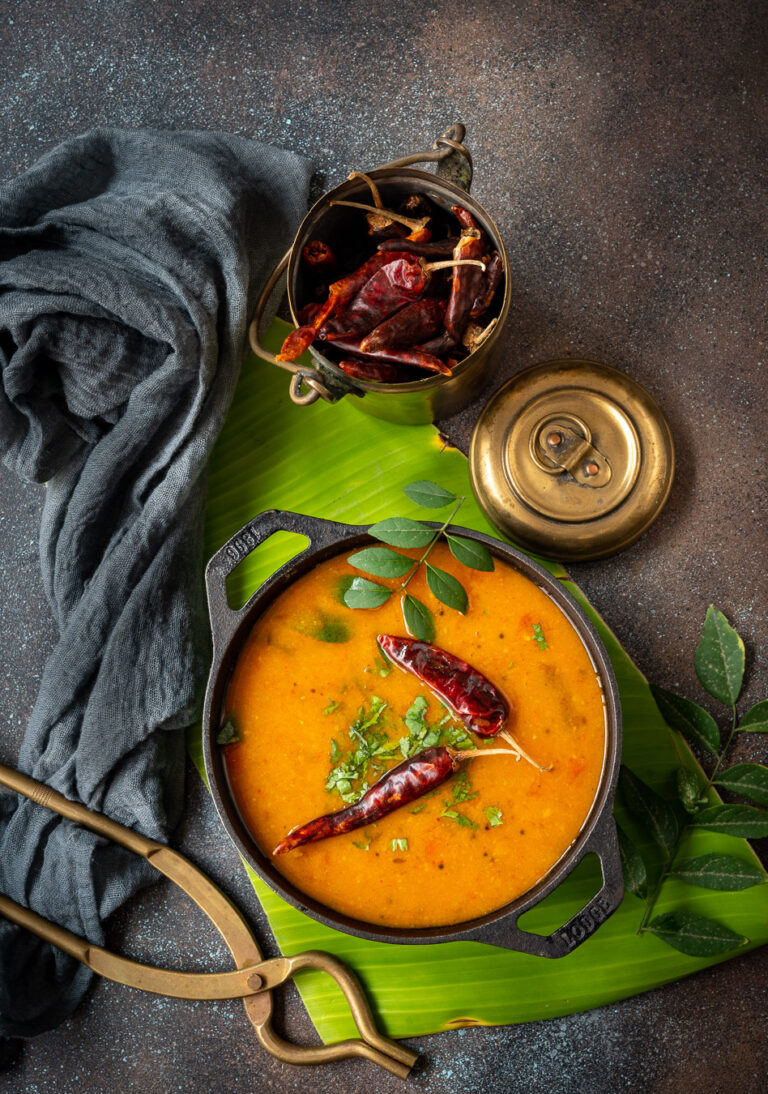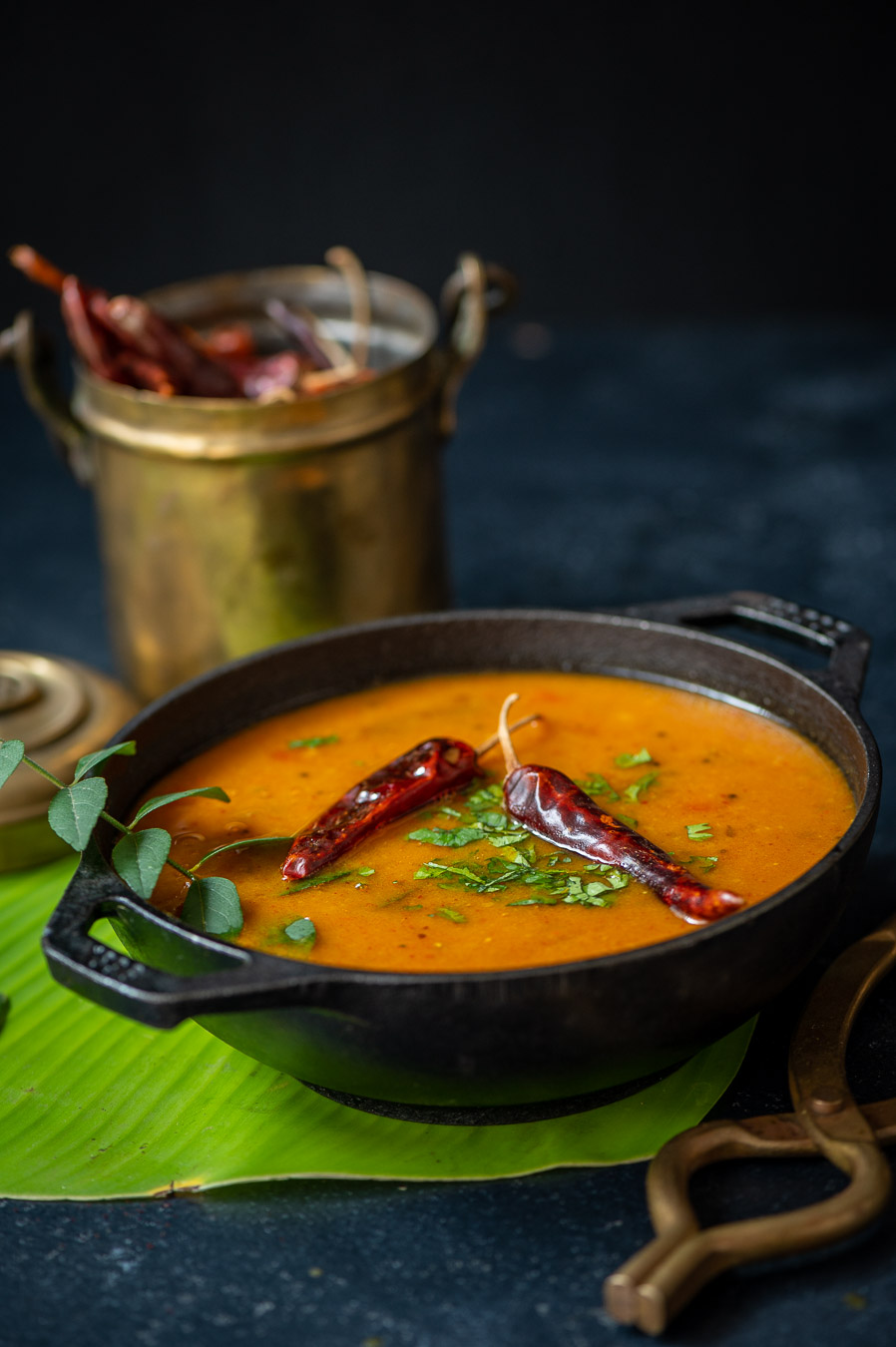Last week, I shared the recipe for eggless rose-coconut mousse, and the coconut theme continues with this tender coconut salad. At home, generally, a good salad is the star of most of our meals. Slowly, the staples of rice and roti have moved aside and given way to a salad as the base, and bigger servings of the same. Also, all of us have experimented with intermittent fasting and so on at home, and breaking the fast with a bowl of salad is a sensible choice. This means that salads feature in most of our meals, which also means that I try to be as creative as possible to maintain novelty in what I serve. This recipe is one I came up with as I wanted to use up some of the abundance of coconuts in my backyard.
When concocting a salad, I just eyeball the recipe more often than not. I put in whatever I feel will work. The ingredients that are in my kitchen, their seasonal availability and my own mood also determine what gets prepared. Those who help me in the kitchen are also aware of this, so we all pretty much just put into our salads whatever we feel like. It turns out tasty every time, and there is a reason for this.
The reason is that there is a pattern when it comes to salads, even when it appears to just be a bunch of ingredients thrown together. It is as follows. First, you add some kind of lettuce leaf. Then, some kind of protein. I tend to use lots of nuts and seeds, and if you’re a meat eater then roast chicken slices or such will work great. Raw vegetables come next. I also like to add something sweet like raisins, sliced apples or orange segments; these lift up the salad, in a very healthy way. Occasionally, to turn the salad into a complete meal in a bowl, I add a grain like quinoa, barley or millet. While I don’t do this too often, a bit of crispiness, such as crushed chips, can also add texture. The trick is that the proportions of each should be appropriate, and the combinations should be complementary.
As for the dressing, it’s usually based on whatever is there when I open the fridge: juice of lime, juice of half an orange, a dollop of almond butter… There are so many options.
To me, a salad never fails to please. Today, I’ve made coconut the hero – perfect for the summer. It’s important that the coconut is very tender, as the soft flesh is much better in this preparation than the hard pieces.

Tender Coconut Salad
(Yield: Serves 3-4)
1 cup tender coconut meat
¼ cup raw mango
½ cup red cabbage
½ cup spring onions with the greens
½ cup grated carrot
A few healthy lettuce leaves
½ cup edamame (or any other beans)
A few caramelized walnuts
1 small apple, sliced
½ cup long slices of cucumber
Dressing
1 teaspoon olive oil or coconut oil
Salt to taste
2 pinches of pepper
1 teaspoon honey
Juice of 1 lemon
½ teaspoon sriracha
Add all the raw ingredients to a bowl.
Separately, mix all the dressing ingredients and stir. When I make it during raw mango season, I like to add a bit of that too – to give a boost of Vitamin C and a nice tang, as well as increasing the tropical feel.
Before serving, pour the dressing over the raw ingredients and mix gently until all of them are well coated.
Your tender coconut salad is ready: as simple as that! I hope you’ll enjoy it. Don’t forget to explore more of my salad recipes too.
